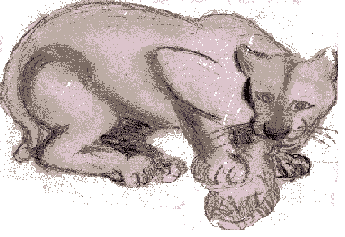
The project of creating such epiphanic moments has traditionally been the province of formalism. My work, however, has been an attempt to absorb the Conceptualism that rejected 'auratic' (or epiphanic) objects of art. In his Box in the Hole (1968) Sol Lewitt literally buried the work of art in the ground. It was the burial of the minimalist object, of its quintessential formalism. And his challenge was not to dig up the old formalism but to rethink the work of art altogether. When Walter Benjamin used the term "auratic", he had in mind, in part, an exclusive aestheticism which excluded common human experience; he didn't reject form as such but art which could not adapt to the world outside of art. In making this crucial distinction he set the terms for a reworking of the aesthetic object which has been the project of much post-Conceptual art and which has been the context for my own work of the past 8 years, attempting to create forms which formally and thematically adapt to the world beyond the aesthetically exclusive.
I use computers, modern photo techniques, light boxes, plexiglas, aluminum, mirrors, mechanical devices, sometimes found objects and materials. The sense that reality cannot be aestheticized is reflected in the structures of my works, made up of various parts, panels, and processes. I use photos from newspapers, magazines, family albums, etc., which emphasize that we are embedded in a matrix of undigested data that wears away at identity, forcing us constantly to re-interpret, in order to hold on to ourselves. I almost always re-process images before using them, because re-processing by its very nature reflects the fluidity and lack of fixity in experience and at that same time suggests that the culture of images can never achieve a resting place in some ideal realm of unchanging forms. It's these ideas that are behind the graphics software that I've written for Autobiography.
Conceputally, I am drawn to work that is open-ended, so far as to believe that an art "object" can have different forms or versions, each of which may have a completeness in itself, but is not in some essential way the necessarily final form of the work. This has been the case with Two Women, a computer-based installation, which I've shown in several forms over the past several years.
"Autobiography" is an extension of this interest in open-endedness. It will be 'ongoing', put up on the Web before it is completed. There is in fact no attitude of completion attached to it. It will consist in the process, as its parts are ready to be posted, and will be under continuous review and revision. The World Wide Web is a fundamental contemporary form--it has a beginning, the day the first material is posted, but it has no necessary or foreseeable closure--constantly in process, always changing. In this, and in its use of hypertext links, it serves as a metaphor for the mind, for its union of logic, randomness, and association.